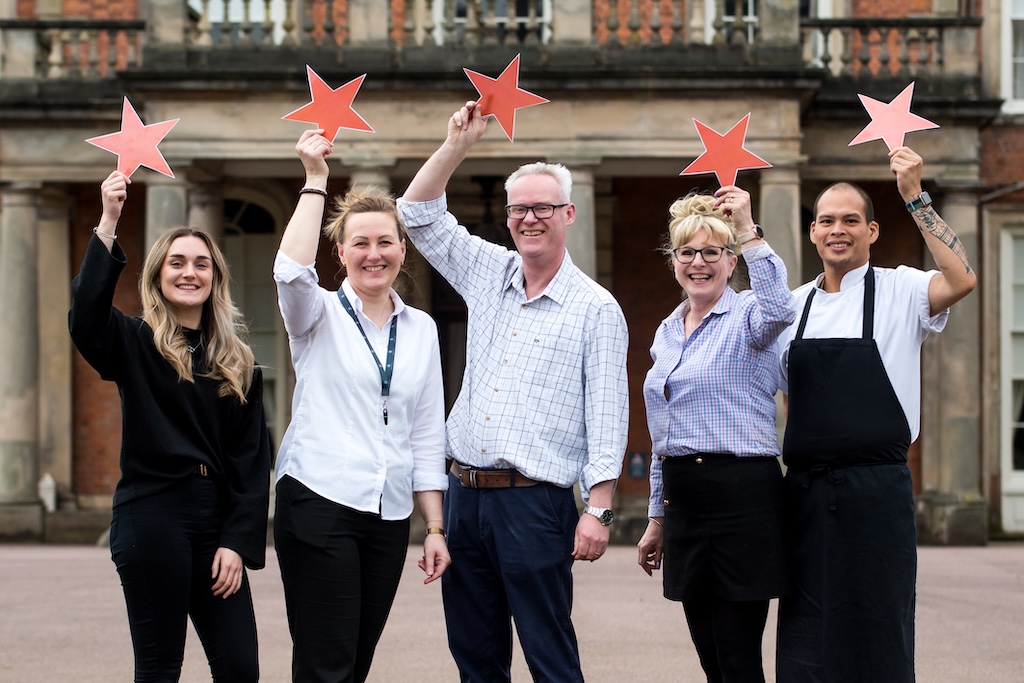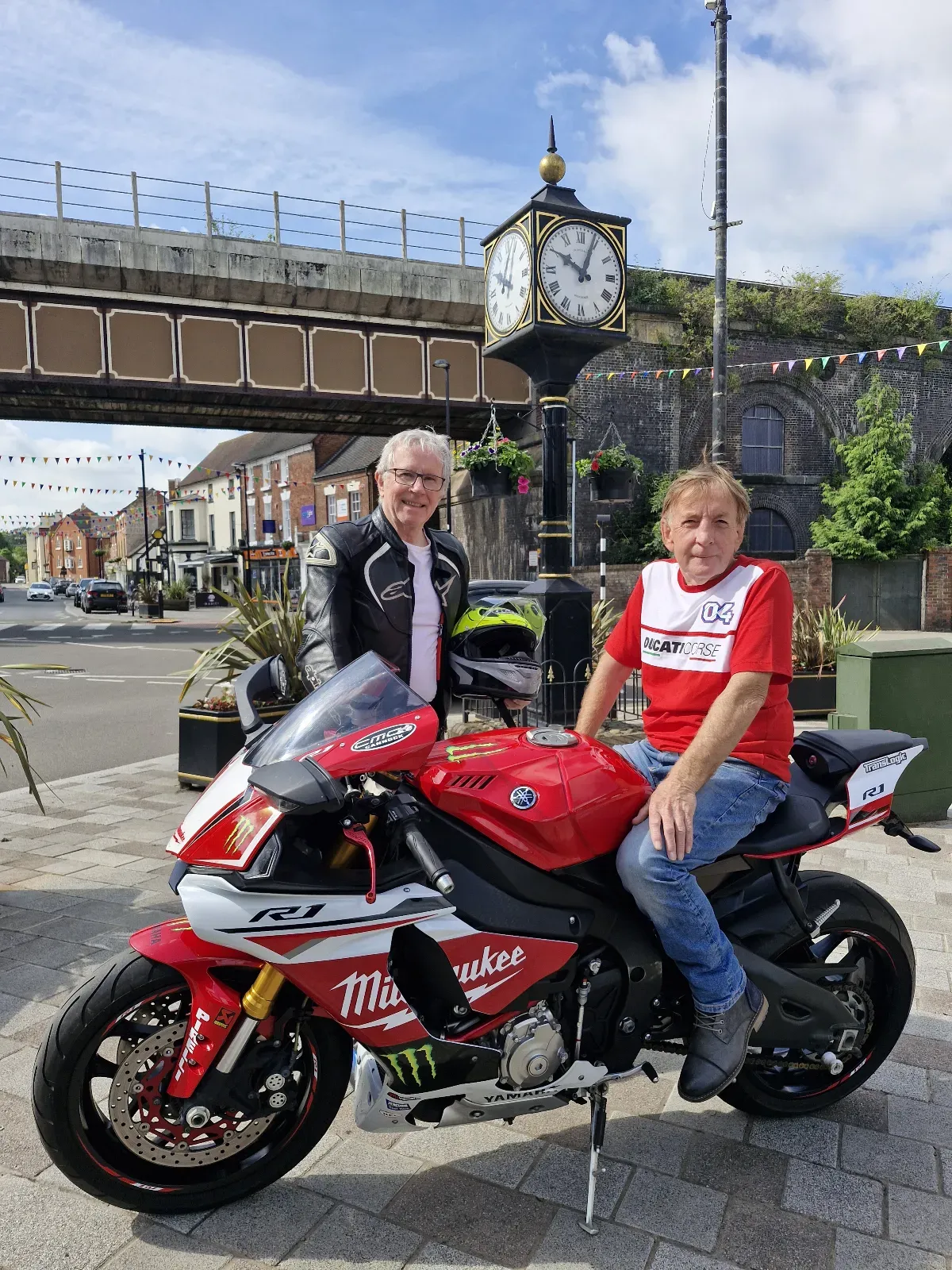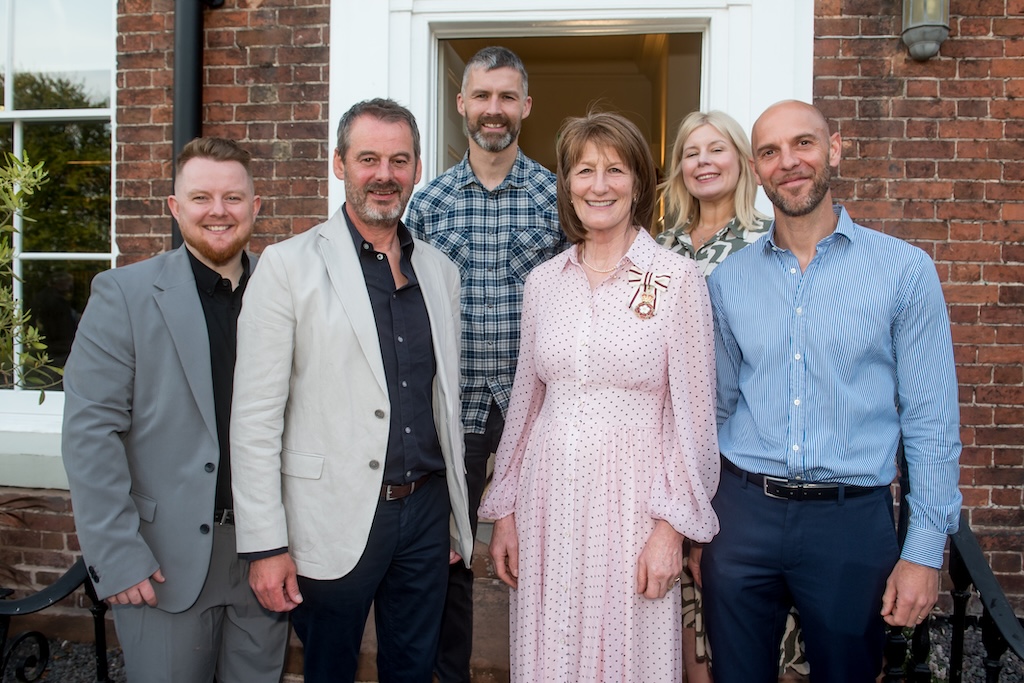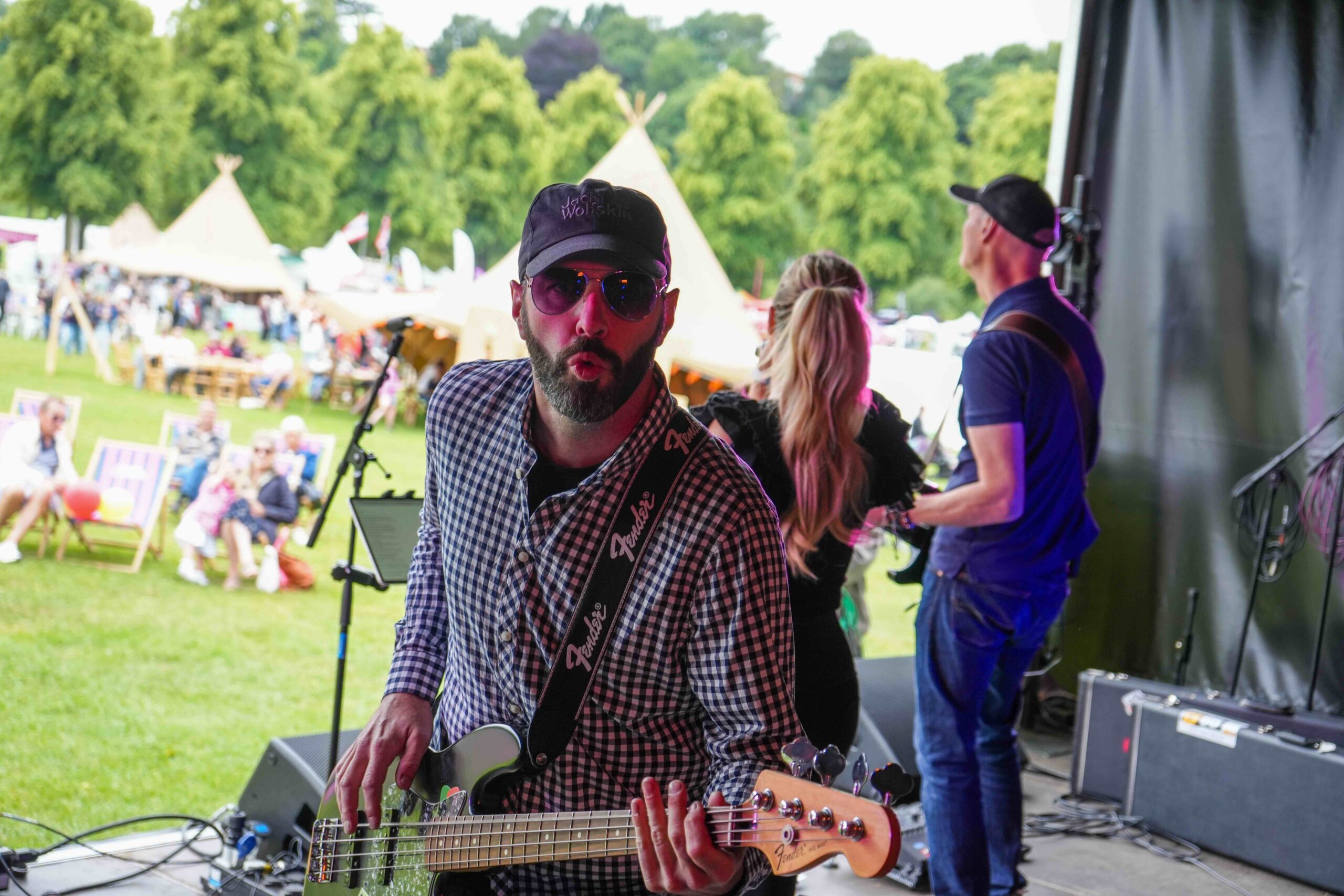Birds have the ability to brighten even the dullest times. It is just another winter’s day along the River Severn, just north of Bridgnorth. The sky is heavy with rain and fingers of mist reach down to the tree tops. The air is still and cool.
The scene reminds me of a watercolour painted using only the chestnut browns of dead bracken stems and mustard yellows of willow trees hanging down to the water. Suddenly a flash of electric blue injects life into the painting. A kingfisher skims across the river and takes cover amongst the willow stems. Further along the track there is a cacophony of sound as a flock of long-tailed tits break cover and fly overhead, adding a sonic dimension to the picture.
The Wright brothers earned a place in the history books for inventing the first successful aircraft. Before then, Icarus was a legend of Greek mythology who tried to escape from Crete using wings built by his father. He flew too close to the sun and the wax on his wings melted. Stories such as this highlight the human fascination with flying. To fly would be to experience true freedom.
The modern world has generally not been kind to birds. Pollution, changing farming practices, climate change, habitat loss and persecution have all taken their toll on bird populations. Today there is a real need to conserve birds.
An obvious way to help birds to survive and increase is to provide them with food. This can take the form of peanut feeders hung in suburban gardens or cover crops planted on farmland, to provide seed for birds. In mid-Wales, the provision of a different sort of bird food has enabled the red kite to return to the skies.
On the winter solstice I was privileged to see a red kite soaring through a remote valley in south Shropshire. I looked down on the wonderful bird from a hilltop and could see the rusty red plumage with white barring. This was the second time that I have seen a red kite over Shropshire this winter. In the 1960s there were a mere 20 pairs of red kite left in Britain. They were killed as vermin for many years and this brought them to the brink of extinction. During the 1990s, an ambitious project was started to re-introduce kites. One of the re-introduction sites was in mid-Wales. The birds are fed each day with carrion. As the population has grown, they have finally returned to Shropshire (first breeding successfully in 2006).
The main way that we can help birds is by providing them with a home. This can take the form of nestboxes but good bird habitat is about much more than simply a place to nest.
Birds require a diverse countryside with thick hedgerows, woodland glades, species-rich meadows and heathlands. Wetlands and reedbeds also provide a year-round habitat. In the spring and summer months, birds like reed bunting and reed warbler make delicate nests amongst the stems. In the winter the reedbed often provides a safe roost for large flocks of birds such as pied wagtail and starling.
A large wetland has been created by Shropshire Ornithological Society at Venus Pool near Cross Houses. This month I paid the site a visit. Looking out from the hide, I can see the elegant form of a heron poised like a matador ready to pounce on a fish at the edge of a reedbed. Over 50 teal are nibbling away on a shingle-covered island. Male teal are easily identified, even at distance, because of the yellow plumage near the tail. Meanwhile, by the far bank of the pool, a pair of shelduck are bobbing around on the surface. At the water’s edge, I can see a sandpiper busily probing his beak into the mud for food. Despite the relentless rain pounding the ground, a small flock of hebridean sheep are browsing at the edge of the wetland to keep scrub in check.
February sees birds beginning to pair up for the breeding season. Robins are now in breeding plumage to advertise for a mate. The swans have returned to my local pond with last year’s cygnets. Soon the adult birds will drive off the youngsters ready to start building a new nest.
The sight of certain birds is often considered a ‘sign’. Doves have always been associated with love and fertility, storks with birth whilst owls are often associated with death. Surely a red kite over Shropshire on the winter solstice must be a sign of hope for our county’s wildlife.
Do one thing for wildlife this month:
Feeding the birds in your garden is a great way of helping them to survive the winter months. Why not take it a stage further and grow some plants in the garden that will provide high energy seed for birds to eat. February is a great month to prepare a corner of the garden in which to plant a mix of things like globe thistle, sunflower or teasel.





